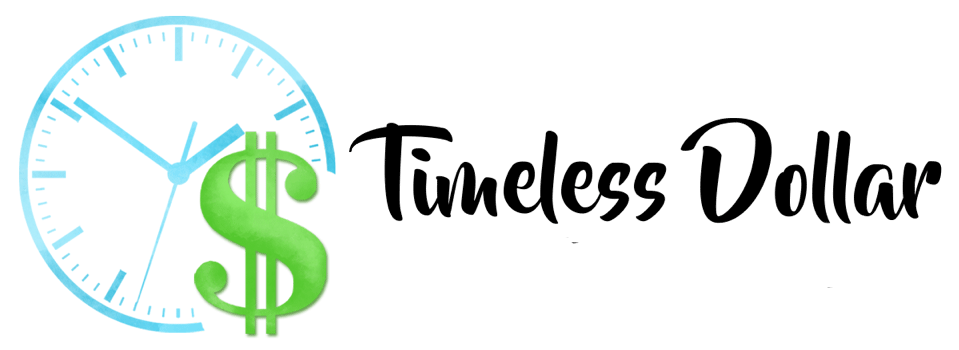Day trading can be a dangerous game for those who do not know what they’re doing. However, with the right tips, you can buy and sell financial instruments on the same day, many times a day. Here are a few suggestions to help you perfect your trading strategy.
- Start Small
As enticing as it might be, jumping right in may leave you with more than you can handle. Those just starting to dabble in day trading should not take more than 100 shares of stock. Alternatively, you can acquire one or two option contracts. Doing this will allow you room for a couple of mistakes without wasting too much money. After all, it may take you years to learn how to manage risk. Don’t be afraid if you lose money at first; most traders do. However, starting small will minimize those losses.
- Evaluating Entry Price
The entry price of a stock is the price at which you buy it. This price should allow you to execute the plan that you’ve established for trading. Remember, when you’re planning, you want to account for the risk/reward ratio before placing the trade. If your plan becomes hard to execute, pivot. For example, if your ratio for risk and reward is not practical, you want to consider lowering your position size. Likewise, you should reevaluate your trade idea if the stock ramps before you fulfill your order. The important thing is that you are patient and are willing to wait for the proper entries.
- Learn The Basic Terms
When entering the world of day trading, you should know certain terms and their definitions. Knowing these terms will make it much easier to do proper research, get the help you need, and ask the right questions. The majority of experienced traders are familiar with these words and will use them without even thinking about it.
Some of the most common terms include “long position,” “short position,” “flat or neutral,” and “bullish.” When a trader uses the term “long,” it means that she’s bought an asset. “Short” means sold. When a trader is “flat” or “neutral,” he has no interest or is referring to the state of the market. Finally, “bullish” is in reference to the state of the market and means that prices are increasing.
- Don’t Trade Every Day
You don’t want to — or have to — trade every single day. In fact, it’s best you avoid the market when intraday volatility is low, as trading strategies may not be effective. During this time, you want to use buy and hold. Strike again when the iron is hot.
You can definitely generate profits as a beginner in day trading as long as there is volatility in the market. Just remember that the art is difficult to master. It requires diligence, discipline, and time. You will most likely fail at times, but there is no reason to lose hope. With the help of these tips, you’ll get the hang of day trading in no time.
The post 4 Beginner Tips for Successful Day Trading appeared first on Wall Street Survivor.

